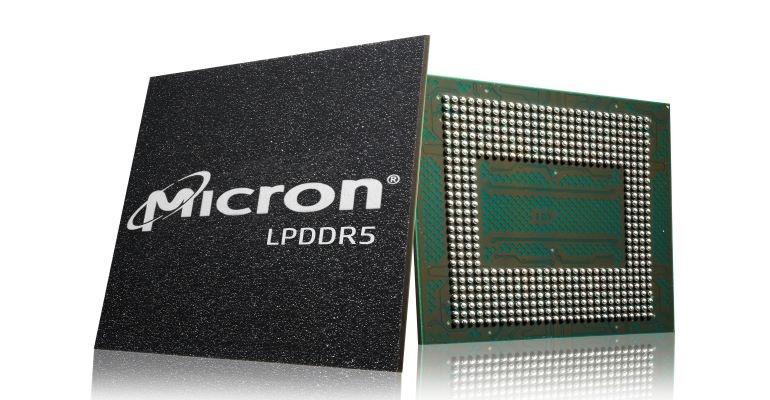Micron Exec Says Vehicles Are Next Hotbed for Memory
Autonomous vehicles, infotainment systems driving an appetite for robust, reliable memory.

At a Glance
- Growth of infotainment and ADAS in vehicles driving need for more memory
- Reliability over extended temps key requirement for vehicle memory
Although the memory sector has gone through some ups and downs in recent years, one market that is seeing lots of development activity is automotive, says Garima Mathur, Director of Automotive Strategic Marketing at Micron, headquartered in Boise, ID.
In a recent interview with Design News, Mathur said that the amount of memory used in vehicles is increasing rapidly, thanks to the growth of infotainment and autonomous driving systems. She added that infotainment systems are expanding due to greater requirements for heads-up displays and entertainment.
“Automotive applications used to be trailing edge,” Mathur told Design News. “Now, they are becoming leading-edge.”
The staggering amount of sensors in modern vehicles, to monitor data in engines, vehicle control, braking, and infotainment systems is in turn creating a need for far memory. Also increasing memory needs are changes in automotive architectures. “There are more central clusters,” said Mathur. “This is dictating the need for large, higher density memory.”
The demanding environmental and reliability needs of automotive applications, defined under AEC-Q quality standards, spell out more stringent specs for memory and other components than in other commercial applications, Mathur noted. For instance, while commercial temperature ranges call for 0 to 70◦C, automotive applications require at least -40 to 85◦C.
Mathur noted that more OEMs are moving from DDR3 and DDR4 memory to DDR5 memory, which offers higher data transfer speeds. Micron’s DDR5 offers twice the effective bandwidth compared to DDR4, alleviating the bandwidth per core crunch.
Last year, Micron introduced automotive low-power DDR5 DRAM that meets the most stringent Automotive Safety Integrity Level (ASIL) requirement for functional safety: ASIL D. Micron incorporates into the memory safety measures including fault detection capabilities that can meet industry ASIL-D random hardware error metrics.
The DDR5 memory’s fast performance is particularly critical for vehicle systems that must retrieve data quickly, such as ADAS systems that need to react instantly to, for instance, obstacles in the path of the vehicle. Telematics systems also require high-speed memory to instantly process rapid input changes.
About the Author(s)
You May Also Like





